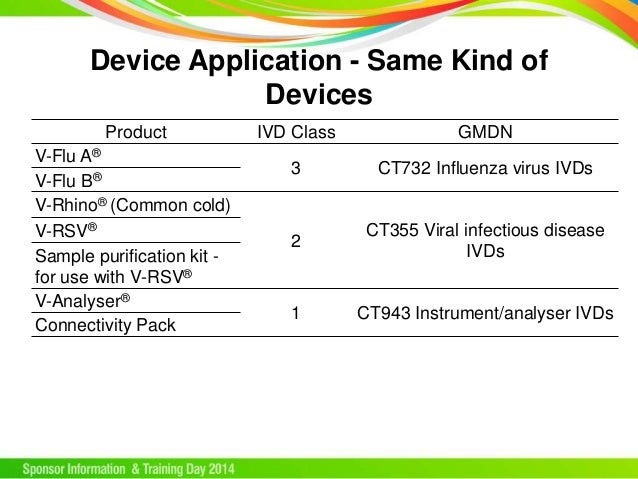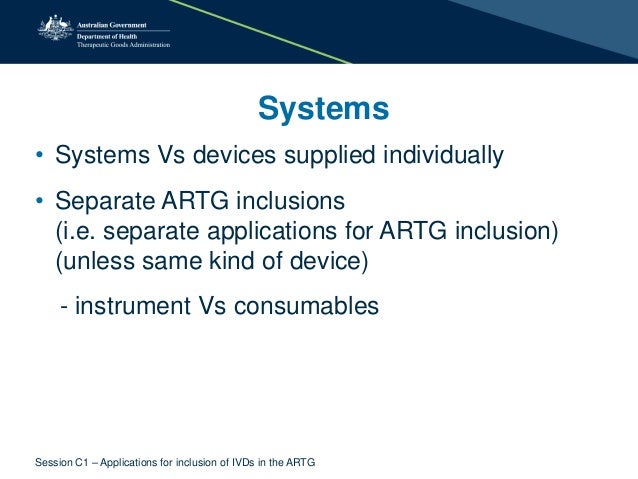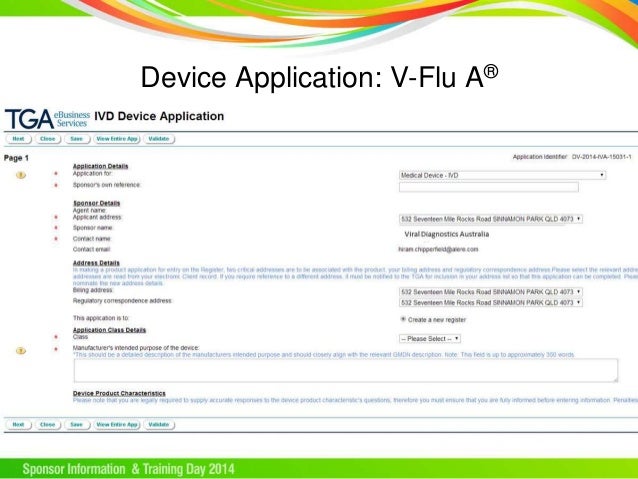



You can view running processes with a command like this: $ systemctl | head -1 systemctl | grep running | head -11 To view or control systemd services, use the systemctl command. For example, system-journald collects and stores logging data. Each plays a role in managing system services. If you look at all running systemd processes, you're likely to see these. In this case, one is associated with the GNOME display manager ( gdm) and the other with a logged-in user. The second and third are managing user ( -user) sessions. The first process listed (with -system) is the primary systemd process. Root 1 0 0 Jul17 ? 00:00:59 /usr/lib/systemd/systemd -system -deserialize 30 $ ps -ef | grep "systemd " | grep -v grep The blank within the quotes is meant to prevent related processes like systemd-journald from showing up in the list. To see a little more detail, try the command below. On this system, two additional systemd processes are currently also running. To get a quick peek, you can run a command like this, which verifies that process 1 is indeed systemd. Systemd started replacing the init process back in 2014 and is now the first process that starts when most Linux systems boot. A vast majority of Linux systems these days are using systemd – a suite of programs aimed at managing and interconnecting different parts of the system.


 0 kommentar(er)
0 kommentar(er)
